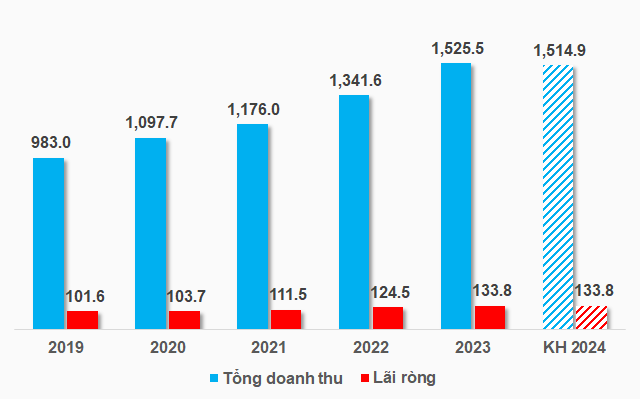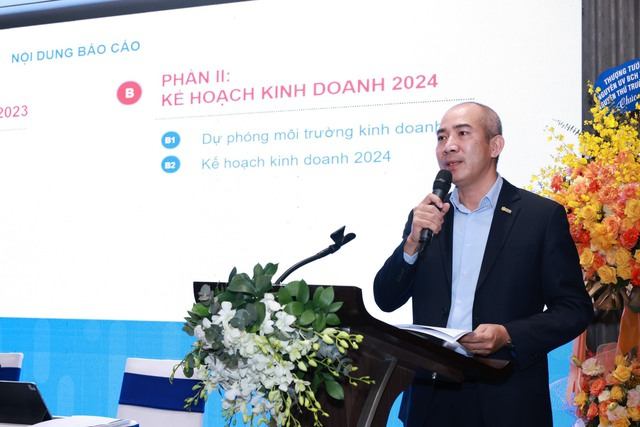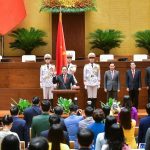**Before the Southeast Region Coordination Conference and the Announcement of the Southeast Region Planning for the 2021-2030 period, with a vision to 2050 in Tay Ninh on May 5, 2024, Minister Nguyen Chi Dung shared the breakthroughs and significance of this planning document for the future development of the Southeast.**
After a period of decelerated growth, what is the significance of the Southeast Region Planning for the 2021-2030 period, with a vision to 2050, for the future growth of the region, Minister?
The average GRDP growth rate of the regions is slowing down and is lower than the average growth rate of the whole country. At the same time, the region’s contribution to the country’s GDP is decreasing. The Southeast region is also facing many difficulties and challenges such as traffic congestion, lack of infrastructure, flooding, and coping with climate change. However, there is still a lot of untapped potential, as we have yet to fully exploit it.
Therefore, the plan serves as a crucial foundation for removing bottlenecks and obstacles, unlocking resources, and enabling the Southeast region to develop rapidly. It’s like a compressed spring that, when released, will unleash tremendous power.
In my opinion, the plan holds significance in several ways:
First and foremost, it substantiates Resolution 24 of the Politburo on the development vision for the Southeast region.
Secondly, it identifies development orientations, development space, and development drivers for each region, locality, and economic sector.
Thirdly, the regional plan emphasizes a modern, synchronized framework infrastructure system for the entire region. This is a prerequisite for rapid, sustainable, and long-term development for the entire country.
The content of this region’s plan can be summarized in three words: breakthrough, pioneer, and connectivity.
In terms of breakthroughs, we will innovate in terms of mindset, vision, and implementation organization.
Concerning pioneering, the Southeast region must lead the way in dynamic innovation, lead the way in innovation and reform, and lead the way in shaping and contributing to the country, neighboring regions, pioneering in scientific and technological innovation, and pioneering in education, training, and socio-cultural development. This is the pioneering strength of the entire region.
Regarding connectivity, I believe that it has now become an inevitable trend. We must address the issue within a close regional linkage to support each other, complement each other, and connect with each other to exploit and utilize each other’s potential advantages and contribute to creating greater value. The Resolution of the 13th Party Congress and recent Resolutions of the Politburo emphasize the significance and importance of regional connectivity.
As the Minister has emphasized, the Southeast Region plays a special role for the country and is a very dynamic and creative region. So, what are the Minister’s concerns with this plan?
This plan emphasizes that Ho Chi Minh City and the Southeast Region are not only a driving force and growth pole for the entire country, but we must also compare ourselves with countries in the region, in Asia, and around the world; true to the spirit of Resolution 24 of the Politburo.
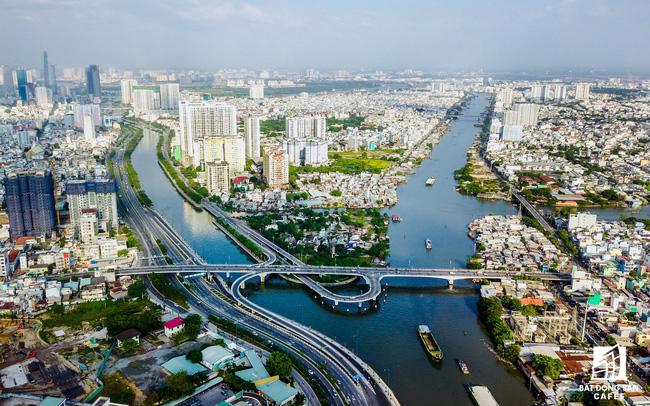
On May 4, 2024, Prime Minister Pham Minh Chinh signed Decision No. 370/QD-TTg approving the Southeast Region Planning for the 2021 – 2030 period, with a vision to 2050.
Accordingly, the Southeast region aims for an average GRDP growth rate of about 8 – 9% per year during the 2021 – 2030 period and 7.5% per year during the 2031-2050 period.
Thus, we have elevated the level of this planning; we have determined a new mission for the region as well as Ho Chi Minh City to develop higher, more outstandingly, and it is entirely feasible.
As I have said, if this time we have a good plan and good implementation, with special policies and mechanisms, with methods to mobilize resources, and at the same time, we are determined to implement it with the concerted efforts of the localities in the region, with a common vision, and a common goal, then the Southeast region will develop very strongly.
It can be said that with such new thinking and new vision, we will have new opportunities and new values.
Can the Minister share more about the innovative thinking in this plan?
There are many ways to approach innovative thinking, but here, the approach for the Southeast Region is: We can turn the impossible into possible, we must always be pioneers, always lead the way, develop together, and excel. I believe that we need to have such thinking to develop strongly.
Previously, Ho Chi Minh City and the Southeast Region always led the country in new economic models, new institutions, new mechanisms, and new methods. In the coming period, for new mechanisms with special characteristics and superior nature, we should also grant this region, the Southeast Region, and Ho Chi Minh City to apply really strong mechanisms, really pioneering, and leading the way. That way, there will be very good development steps.
We have a plan with a lot of passion, focus, innovation, and breakthroughs; however, an equally important issue is the implementation of the plan. So, in your opinion, what are the things that need to be paid attention to when implementing this plan?
Firstly, it is necessary to raise awareness of the role of regional linkage and regional planning, which means that when it comes to regional linkage, we must have a unified understanding before moving on to action.
Secondly, there must be special policies and mechanisms superior to the region. Recently, we have had special policies and mechanisms for Ho Chi Minh City. Now we have to see what other policies and mechanisms are needed to help us achieve the set goals. We need to study.
Currently, the Ministry of Planning and Investment, together with ministries, departments, and localities, is studying special policies and mechanisms for this region, as well as other regions in the country to propose suitable points according to special conditions and thereby promoting the potential and strengths of each region for development.
Thirdly, currently, regions, especially the Southeast, must have their own resource mobilization mechanisms. If we only rely on the state budget, it will be very difficult to realize the set goals because the investment demand is so great. We should boldly invest in development, take advantage of the potential and advantages, take advantage of the still-permissible macroeconomic space, ensure safety, but still create a driving force for development.
If we are bold in investing, as long as we invest correctly and effectively so that the economy can develop, then this mindset is extremely important. Another mindset is that we need to focus on development to maintain stability rather than focusing on stability to develop. We also need to proactively develop the future to avoid being passive. To plan well, we need to be determined to implement it faster, more decisively, and more effectively, then we will achieve the goals and desires that we set out.
According to the Minister, how is the issue of regional linkage addressed in this plan?
Regional linkage includes infrastructure linkage, social linkage, climate change linkage, training linkage, and human resource linkage. All of these need to be mutually supportive and complementary, then we will be able to take advantage of the strengths and opportunities of each local region rather than being isolated and having no connection with each other.
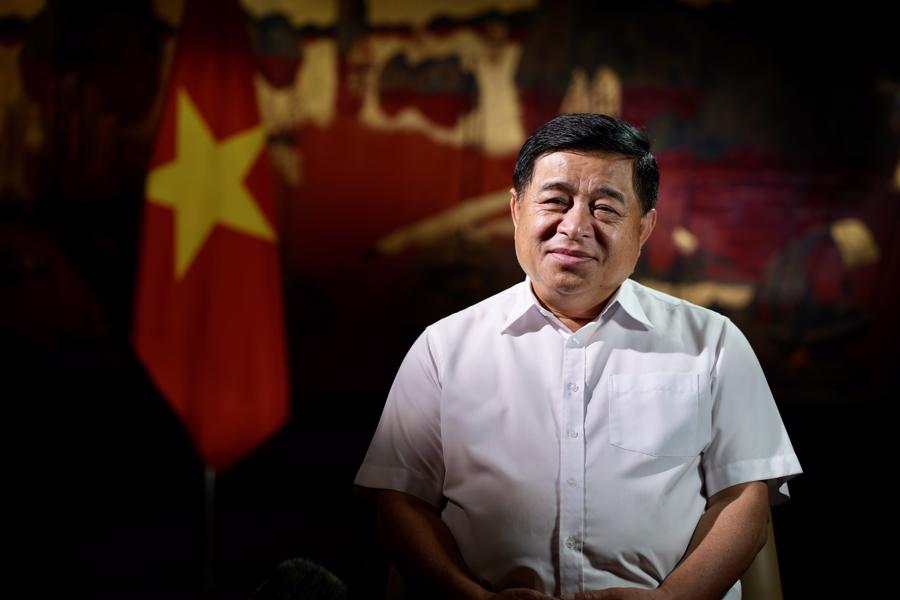
For example, Long Thanh Airport, if completed, will become a transit center for the region and the world. We will also create a maintenance and repair logistics base, an economy revolving around that airport.
At that time, we will see that it is not just an airport for passengers, but also an economy revolving around it to serve domestic import and export activities, but it can also become

























